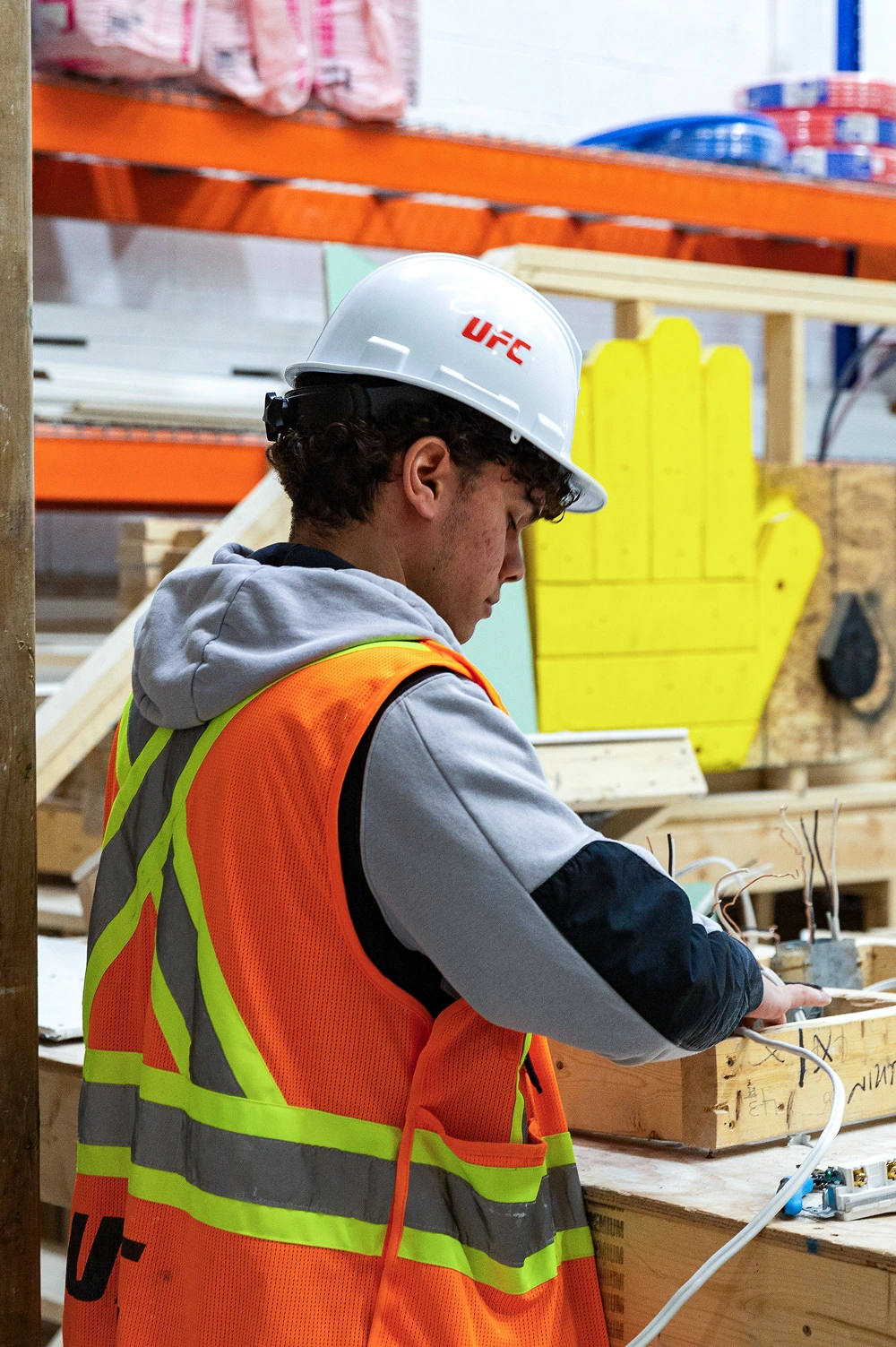How to Start a Construction Business in Ontario
.png)
Published On
2022-10-20

There’s more than one path to higher education. But while college or university is the road often taken by most people, it isn’t the only choice available to you. There’s also trade school.Both university and trade school equip you with the knowledge you need to enter the workforce and help you land a career. So, which one should you choose? Generally, trade schools offer specific education based on the job you’re pursuing. They focus more on skill-based learning than traditional college, with it usually taking less time to complete your education. Earning your degree or certification in less than college will help you save more money on tuition. To help you reach a decision, read our guide on trades vs. university below!
.png)
Four-year academic college degrees can be expensive, costing anywhere between $10,000 and $50,000 a year just for tuition fees. Although some schools offer scholarships, grants, loans, and financial aid to help cover some of the costs, you’d still have to allocate funds for books, school supplies, room and boarding, and other things you might need. Trade schools generally cost less—between $2,000 and $18,000 a year. On top of that, there are also scholarships and grants for students of trade in Canada to further reduce costs.
An undergraduate degree usually takes four years to complete. So, if you go to university after high school, you won’t be able to work until you’re 22 years old. If you follow it up with a post-graduate program, it could take longer. Trade school programs can be completed between eight months and two years. This allows you to enter the workforce sooner. Why is there such a big difference in the duration of studies? That’s because universities offer general studies that are not directly related to your major to help you explore other opportunities and become more “well-rounded.” Trade schools offer intensive, job-specific coursework and practical training.
Applying to universities is extensive and competitive, especially in top-tier schools. They scrutinize your transcripts and extracurricular activities. They also often include tests, and persuasive essays, which means your preparation to be admitted to a good university starts as soon as you enter high school. In comparison, the admission process in trade schools is a lot simpler. You don’t need high SAT and ACT scores or secure recommendations. Typically, all you need is your high school diploma to sign up for a program.
University programs give students flexible skills that are widely applicable. They have job security in this sense because they can start a career in a wide range of fields. However, it isn’t a one-way ticket to job security, especially during an economic crisis. Most careers in trades enjoy strong job security because they perform essential services. There are also jobs that can’t be outsourced. This means a career in trade will often survive weak economies and recessions.
Speaking about earning potential is complex because there are university graduates who earn more than trade school graduates and vice versa. Some lawyers and electricians earn more than others in the same profession. But, both can earn a good living and make way for great career opportunities.

Potentially one of the biggest benefits of choosing trades over university is the opportunity to learn by doing instead of traditional classroom learning. Skilled Trades College offers industry-recognized courses in the fields of plumbing, home renovation, electrical, and more. Each program is specially designed to focus on safety knowledge, theory, and hands-on learning through simulated work environments in a lab. With an 80:20 (hands-on to classroom) learning model, students are taught the necessary skills to succeed in a career in the trades Contact us today to know more!
9,281+
LIVES CHANGED

12,481+
WIRES PULLED

85,382+
2X4'S CUT

9,756+
PIPES LAYED

9,281+
LIVES CHANGED

12,481+
WIRES PULLED

85,382+
2X4'S CUT

9,756+
PIPES LAYED

9,281+
LIVES CHANGED

12,481+
WIRES PULLED

85,382+
2X4'S CUT

9,756+
PIPES LAYED
